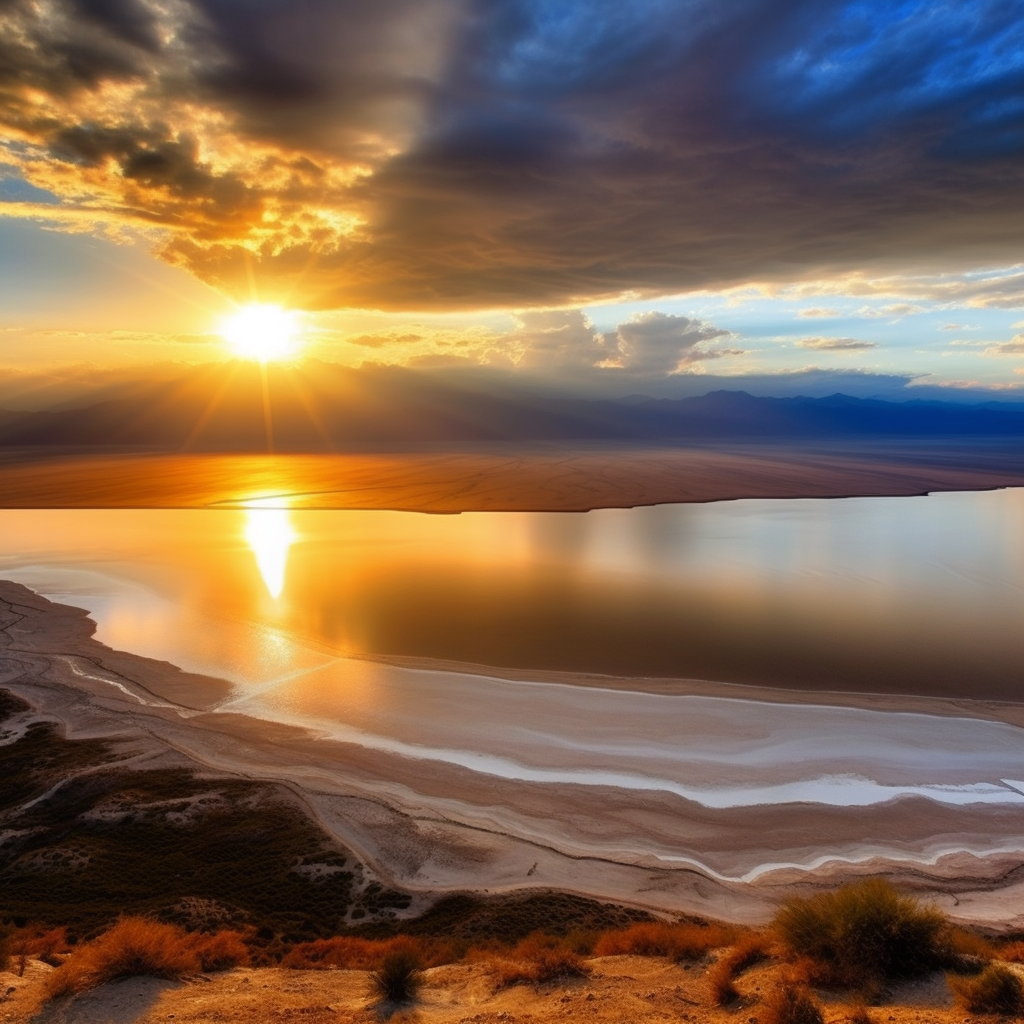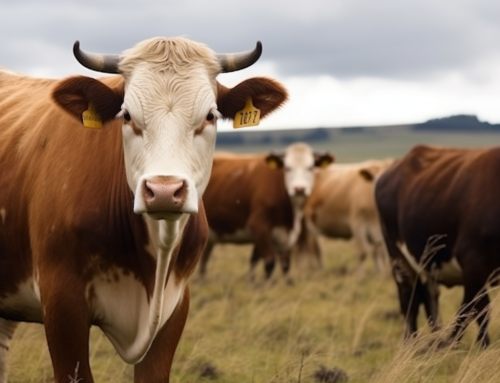
Scientists Carly Biedul, Bonnie Baxter, and Heidi Hoven are at the forefront of a crucial investigation. They are probing into the impact of the West’s record megadrought and climate change on the migratory birds of the Great Salt Lake in Utah. Their research is both timely and critical, as the Great Salt Lake, the largest saline lake in the western hemisphere, is a key stopover for migratory birds. However, the lake is in trouble.
The lake is seeing a sharp decline due to drought, climate change, and water diversions, leading to a significant decrease in bird populations. Factors such as water diversions for farming and a burgeoning population in Utah are contributing substantially to the Great Salt Lake’s decline. These issues are compounded by the fact that despite recent snowfall, the lake continues to shrink. It has already reduced nearly half from its historical average due to years of drought, climate change, and water diversions.
Aware of the dire situation, Utah Governor Spencer Cox is dedicated to preventing the lake from drying up. The state legislature has followed suit, investing in water conservation programs with a primary focus on farmers. They aim to mitigate the lake’s decline, which has had a domino effect on the region’s ecosystem.
One of the most significant impacts of the lake’s decline is on the brine shrimp. These tiny creatures, a primary food source for migratory birds, are dying out. This has led to significant drops in bird populations, including burrowing owls and snowy plovers. The effect is a stark indicator of the lake’s importance to the region’s biodiversity.
The lake’s decline is attributed to a combination of factors. The West’s megadrought, worsened by climate change, is a key contributor. Additionally, agriculture and Utah’s booming population have led to development and water diversions for expanding farmlands and dairies. This means less water flows into the lake, exacerbating its decline.
Recognizing the importance of the lake to various industries, including skiing, mining, and air quality, the state of Utah is heavily invested in water conservation programs and public awareness campaigns. The lake’s health is not just an ecological concern, but an economic and social one as well. The research by scientists Biedul, Baxter, and Hoven is a significant part of this effort, highlighting the urgent need for intervention and the importance of maintaining the balance between human activities and the natural world.
Science4Data is committed to cut through greenwashing and measure real impact. Join the journey to a sustainable future. Your actions matter.






